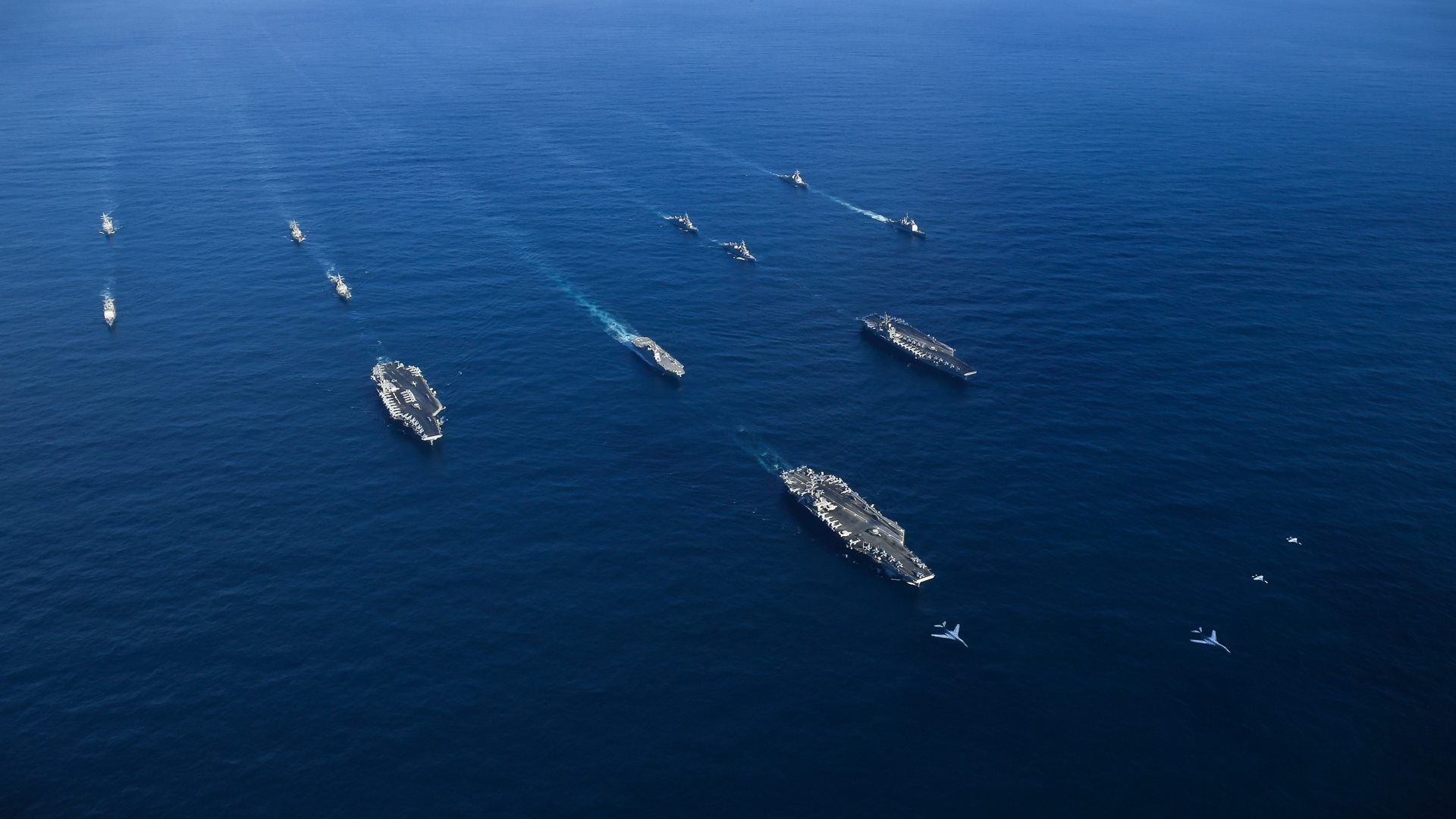During a recent presentation at the AFCEA TechNet Indo-Pacific conference in Hawaii, Adm. Stephen Koehler, the commander of the U.S. Pacific Fleet (USPACFLT), emphasized the importance of maintaining operational capabilities within enemy reach. His remarks highlighted a strategic shift towards persistent power projection to counter evolving threats in the Indo-Pacific region.
Strategic Focus on Persistence
Adm. Koehler underscored that future military operations will necessitate a focus on persistent activity within the enemy’s weapon engagement zone (WEZ). “Just as speed is a defining characteristic in our modern battlespace, we also need persistence,” he stated. This approach aims to deny adversaries their objectives by ensuring U.S. forces can execute prolonged operations.
The commander articulated a clear stance against succumbing to adversarial area denial strategies. He remarked, “We must not be deterred from operating at the time and place of our choosing. To do so would cede battlespace, and I refuse to do that.” His resolve reflects a commitment to proactive engagement, shifting the fight towards the adversary’s territory.
Embracing Technological Innovation
Koehler elaborated on the necessity of innovation and adaptability in military tactics and equipment. He pointed to the integration of emerging technologies, such as artificial intelligence, advanced communications, and networks, as essential for maintaining operational effectiveness in contested environments.
“USPACFLT is augmenting traditional military communications with scalable, agile options for bandwidth-constrained environments,” he noted. The fleet is exploring solutions like commercial satellite communications and 5G and 6G technologies to enhance maritime operations across the Indo-Pacific.
The establishment of commercial network infrastructure and data centers in the region will facilitate persistent connectivity for distributed operations. Koehler emphasized that integrating commercial cloud services will ensure that data is processed closer to the tactical edge, thereby improving mission readiness and decision superiority.
Looking ahead, the commander envisions a future where USPACFLT leverages artificial intelligence to revolutionize warfare decision-making processes. “We are working with partners in industry and government to integrate AI into our daily functions,” he explained. This integration spans areas such as command and control, cyber operations, logistics, and target analysis.
Ultimately, Koehler aims for a future where U.S. forces can swiftly navigate the complexities of combat, achieving decisive advantages over adversaries. “That is the North Star I give my team every day,” he concluded, highlighting a commitment to harnessing technology for enhanced combat effectiveness.
